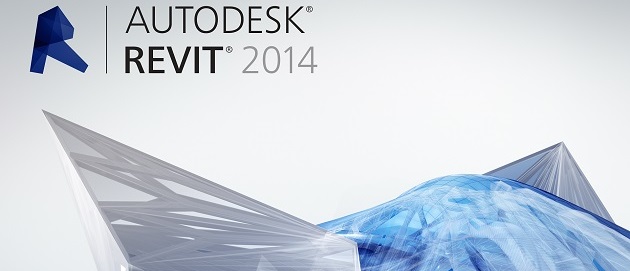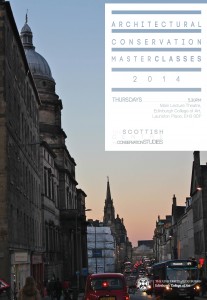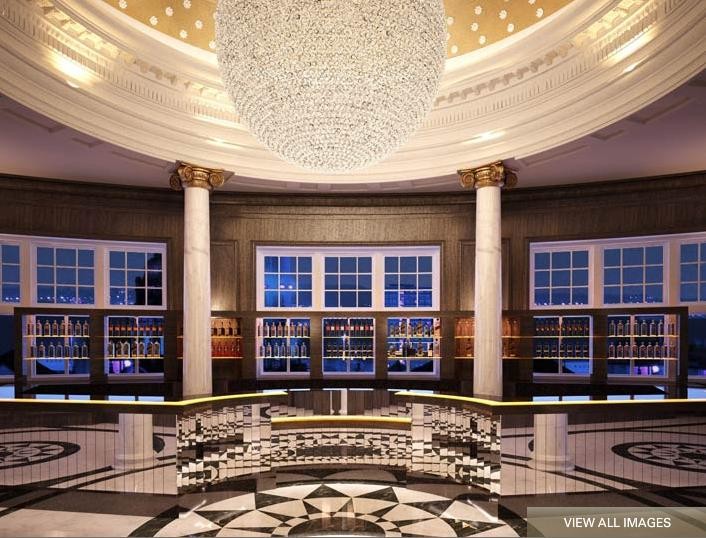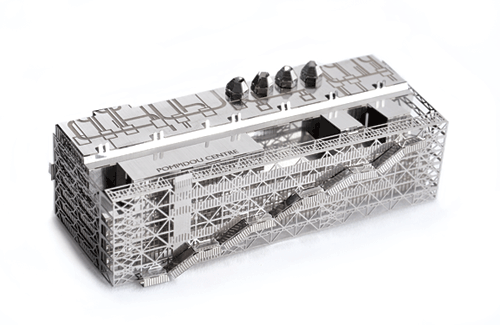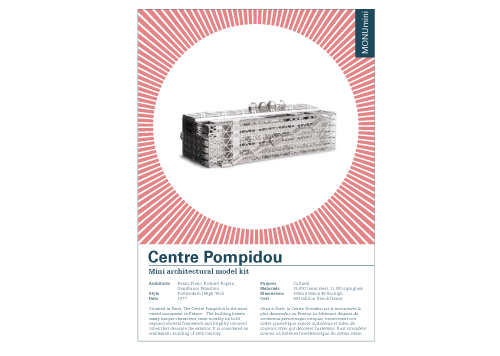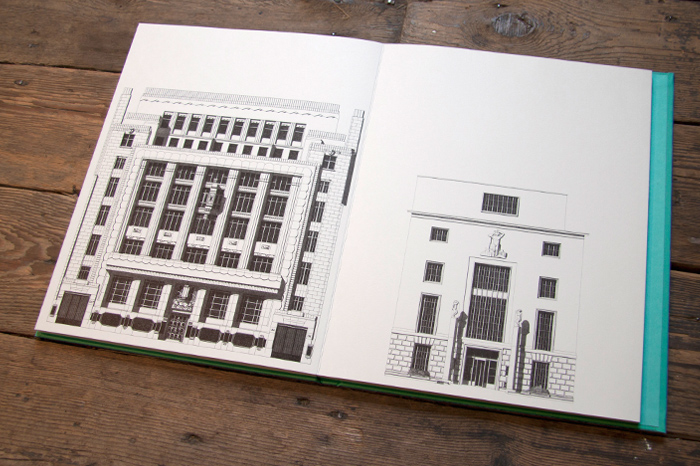Yasmin Ali
Urbanism // Design
BIM Seminar, 22/01/2014
January 25th, 2014
Weblinks
BIM Regional Hub Scotland - here
Autodesk Revit - here
Cadassist - here
Skills Development Scotland - here
The Lighthouse - here
----
Autodesk reseller and training specialists Cadassist organised a morning breakfast briefing on BIM applications for Autodesk Revit at The Lighthouse in Glasgow last week. The morning programme included a demonstration of the main uses and applications of Revit, a presentation on potential sources of funding for training in using the software for companies in Scotland, and the policy context of shifting towards BIM for government infrastructure projects in both Scotland and the wider contextual position of the UK.
Also very relevant was a video presentation of an architectural practice who used Cadassist for their bespoke training and data and software migration to Revit-based systems, which included an upgrade of hardware, assessment of server capabilities and appropriate licensing and software solutions based on their needs, as well as a specially designed training programme which allowed the practice to switch over to the new program within one working week. They have found switching to Revit and using BIM has given them a competitive advantage against other local and regional practices and improved their PPQ scores to 99%.
The complimentary morning session was well attended by architects and building design professionals from Glasgow, as well as Edinburgh and as far afield as Inverness. It was followed by an optional hands-on demonstration session in the afternoon. Attendees were given a USB stick containing documentation referred to throughout the briefing, such as links to Cabinet reports on the targets for implementation of BIM in governmental projects. BIM is the way forward for construction projects, especially infrastructure.
It was also noted that although BIM use is on the rise in the UK, it is not new technology: Revit has been around for many years, and elsewhere in the world is more widely used and in more advanced applications than currently widespread or typical in the UK. For example, BIM has been used throughout Australia for over 15 years and it is fairly commonplace to use it to draw architectural details, whereas in the UK its application tends to be limited to 1:50 for modelling and detailing scales for isolated images from the model. It was also cited that in Singapore BIM is used for the submission of building warrant applications in which the model can be seen by local authority officials using a viewer and a decision on statutory approval can be delivered within just half an hour, given the advanced detail and ease of viewing of BIM files. One example of BIM software, Revit stands for 'revise it' and was developed as a software solution for the co-ordinated revision and updating of construction drawings and data schedules.
// Cadassist have regional offices in Glasgow, Manchester and London and regularly run short, accelerated training programmes in Autodesk software including Revit at these centres throughout the year.These courses can be in part financed by 50% through Skills Development Scotland for up to ten employees for eligible companies.
ECA Masterclass 1: Conservation, Tourism and the Invention of Heritage 16/01/2014
January 20th, 2014
Session 1: ‘Conservation, Tourism and the Invention of Heritage’
Warwick Ball (Director, Eastern Approaches)
ECA’s annual Architectural Masterclass Series began with archaeologist Warwick Ball speaking on the topic of the invention of heritage as a draw for tourism. Taking cues from Calton Hill as a local point of departure, Ball cites Calton monument as an example of how pieces of heritage are used in an almost propagandist way to convey a sense of attachment to a legacy, in this case neoclassicism. Built at the height of the Scottish Enlightenment, Edinburgh branded itself as the ‘Athens of the North’, and saw itself as an heir to classicism.
Ball continued with several further examples of reconstructions of Greek Temples, focusing on the former USSR, who sought links to roots in its ancient Greek colonies around the Black sea. Other examples of Hellenic monuments and motifs that have been repeated throughout neoclassical and Greek revivalist architecture around Europe and Russia include triumphal arches, Roman quadriga and collonades, sometimes used for Western Imperial powers to identify with a Roman history and the glory of past empires. The Russian claim to a classical legacy was strong, especially around the Black Sea, as they sought self-identity. This imperialist classical connection continued unabated throughout the Communist period, and even following the destruction of neoclassical cities during the Crimean War and World War II.
Post-communist China has also seen a revival in neoclassical buildings, which Ball attributes to an expression of Western ideals as China looks to the Occident in the Post-Mao era. Many of the more recent of these are pastiche, but more genuine, historic examples can be found in Shanghai’s French quarter. Ball also presents and interesting discourse on the reassertion of the Silk Road, and its liminality and existence as an imagined cultural landscape, rather than a physical form in the present or the past.
The talk continues with some examples of questionable reconstructed heritage sites from Turkey, Uzbekistan and Jordan. Ball empathises with the need for South Asian and Russian states in particular to assert a sense of identity, given that their lack of continuous history, a struggle for power or independence, and a sense of arbitrary border designation. Ball ends the talk with another local example: the statue at the foot of Stirling’s Wallace monument is in fact the face of Mel Gibson, driving home the point that history can be rewritten anywhere.
---
Warwick Ball is a Near Eastern archaeologist and author who spent over twenty-five years carrying out excavations, architectural studies and monumental restoration throughout the Middle East and adjacent regions, having lived, worked and traveled in most countries between the Mediterranean and China. He excavated in Iran, Libya, Ethiopia, Afghanistan (where he was Acting Director of the British Institute of Afghan Studies), Jordan, and Iraq (where he was Director of Excavations with the British School of Archaeology in Iraq). Warwick is currently director of Eastern Approaches, a special-interest travel company that offers small group tours of cultural and historical interest.
--
Further selected masterclass reviews to follow throughout February and March
Organised jointly by The Scottish Centre for Conservation Studies and the Alwaleed Centre
With Thanks to ECA
// Session 2: 23/01/2014 Chris McGregor, Historic Scotland ‘Stanley Mill – Past to the Future’
// Masterclasses run weekly until and including 20th March 2014, from 530-730pm at Edinburgh College of Art
// Free for ECA Staff & Students / £180 for all 10 / £45 non-ECA students or £20 (£5conc.) per session, including wine
Weblinks
ECA Masterclasses here
Eastern Approaches - here
Alwaleed Centre - here
Scottish Centre for Conservation Studies - here
GCHT/RTPI PechaKucha: Trains and Places, 14/01/2014
January 19th, 2014
Image: Newly-refurbished Grand Central Hotel / Urban Realm
Glasgow City Heritage Trust (GCHT) and the Royal Town Planning Institute’s West of Scotland Chapter hosted a Pecha Kucha night dedicated to the theme of ‘Trains and Places’, with the apt setting of the Grand Ballroom at the recently refurbished Grand Central Hotel which adjoins Central Rail Station in Glasgow.
For those unfamiliar with the Pecha Kucha format, it is a quick-fire style of creative presentation originating in Japan, where invited speakers spend about 20 seconds per slide on around 20 slides, resulting in a narrated slideshow of approximately 6 minutes. The format has taken off with regular events in cities all over the world, including Glasgow and Edinburgh. This edition had eight invited speakers, and seven talks, themed around ‘Trains and Places’.
Television presenter, historian and writer Dr. David Heathcote started the series of talks, following an introduction by Alistair MacDonald, Chair of RTPI & GCHT Trustee. Dr. Heathcote took us on a whistle-stop tour of The Orient Express, with particular emphasis on its romanticism of train journeys and the golden age of locomotive travel. Also of note was the influence of Art Deco style movement, and its appeal to both a masculine and feminine aesthetic; as well as the furniture design and cabinetry detailing as translated to train carriages, which were basically rooms on wheels.
This was followed by Diarmaid Lawlor, Head of A+DS, who gave an inspired talk on Platforms as spaces of departure and arrival; gathering and operating systems. In particular, this talk drew interesting parallels between physical and virtual platforms and the trend for websites to take on the language of the train, which has a role in community engagement. Lawlor cites examples of Glasgow-based creative arts platform Central Station; The Civic Crowd and The Place Station websites.
Liz Davidson, Principal of City Design at Glasgow City Council, followed on with reminiscences of experiences on the train, including a humorous anecdote of an incident on a Caledonian Sleeper. She also showed images of historic stations, some still existing and others since demolished and spoke of the romance of old stations perhaps better valued abroad, such as in the Parisian approach which had restored several heritage stations.
The first half of the evening was concluded by Glasgow School of Art’s Dr Bruce Peter, with an enlightened talk showing the parallels between trains and plans; stations and airports, respectively. There was much to be learned from the history of the locomotive and rail station design throughout the early to mid-twentieth century, taking its visual cues from the aircraft industry and airport design, and later The Jet Age. Following a break for drinks and networking, another GSA academic, Nicolas Oddy followed on with a personal illustrated talk peppered with images of acquired railway signs and remembrances of now-gone stations throughout Edinburgh, including Princes St Station.
Independent Heritage Consultant Fergus Sutherland gave an inspiring presentation on the work of James Miller, who designed many of the stations throughout the West of Scotland in the late 1800’s, including several on the picturesque West Highland Way line. Also in Miller’s portfolio are rail buildings in more urban locations, like the modernised Glasgow Central Station and remodelled Hotel in 1904, and St Enoch Underground Station’s ticketing office (now Café Nero) in the centre of the square of the same name.
The concluding talk was presented by Jill Scott and Bill Hicks, authors of ‘Glasgow Central Hotel’, the subject matter of which was the building which provided the setting for the evening. The event rounded off with a lively Q&A-based discussion.
Weblinks
GCHT website - here
RTPI (Scotland) website - here
PechaKucha website - here
Another Studio: MONUmini
December 7th, 2013
Another Studio is a London-based design company specialising in minature gifts inspired by architecture, the urban environment and gardens. They have a range of products perfect for architects' stocking fillers and Christmas gifts alike. Of their current products, the MONUmini is a range which reproduces iconic modernist architecture in fold-out minature steel kits. Examples include The Brandenburg Gate, Notre Dame, alongside London icons like Battersea Power Station (now Tate Modern), Tower Bridge and The Barbican, recently joined by the new release of the BT Tower edition. The European complement has also been joined by the new replica of the Centre Pompidou, Renzo Piano and Richard Rogers' High Tech masterpiece.
The dimensionality of the Pompidou Centre makes it an interesting building to model and have as a keepsake. The model once constructed is 3 cms high x 10cms wide. It comes as a kit including a single flat sheet of etched stainless steel, with instructions on how to fold and interlock the pieces to create the model. Another Studio's kits are designed to be easy and sturdy to post and construct, and include an A5 envelope and a brief history of the building.
---
The MONUmini kits are priced at £15.50 each, and retail online from Another Studio’s webshop.
There are several shop stockists of Another Studio products, including the RIBA Bookshop and The Red Door Gallery in Edinburgh.
---
another studio http://www.another-studio.com/
London Deco
December 6th, 2013
Architectural illustrator Thibaud Herem's London Deco is a recent release from London-based independent publisher Nobrow Press. Everything about this book exudes the finest quality and attention to detail: from the intricate rapidograph ink drawings, to its large-scale concertina format, its Fabriano 200gsm paper and hardback binding.
Herem has faithfully documented in great detail the facades of eleven examples of London art deco architecture. These include the icons The Hoover Factory, BBC Building and the much-loved Battersea Power Station, now Tate Modern, as well as some lesser-known and smaller-scale gems such as theatres, car workshops, Southgate Underground Station (now decommissioned), and Islington's Screen on the Green. RIBA's headquarters also fittingly makes an appearance.
This is part of the Nobrow Leprello series, which takes its namesake from the Italian for 'concertina'. The book folds out to be 3 metres long, and on the reverse are charming silhouettes of the buildings, each with a brief history. The hand drawn images themselves are amazingly intricate, with no digital enhancements.
London Deco makes a beautiful and affordable Christmas gift for architects, and the current first edition is one to treasure for years to come.
--
Nobrow Press, Published October 2013, 20pgs, Hardback, 240 X 300mm, £25
Available at Nobrow shop and website, and RIBA Bookshop.
--
Weblinks
Nobrow - here
Thibaud Herem - here


